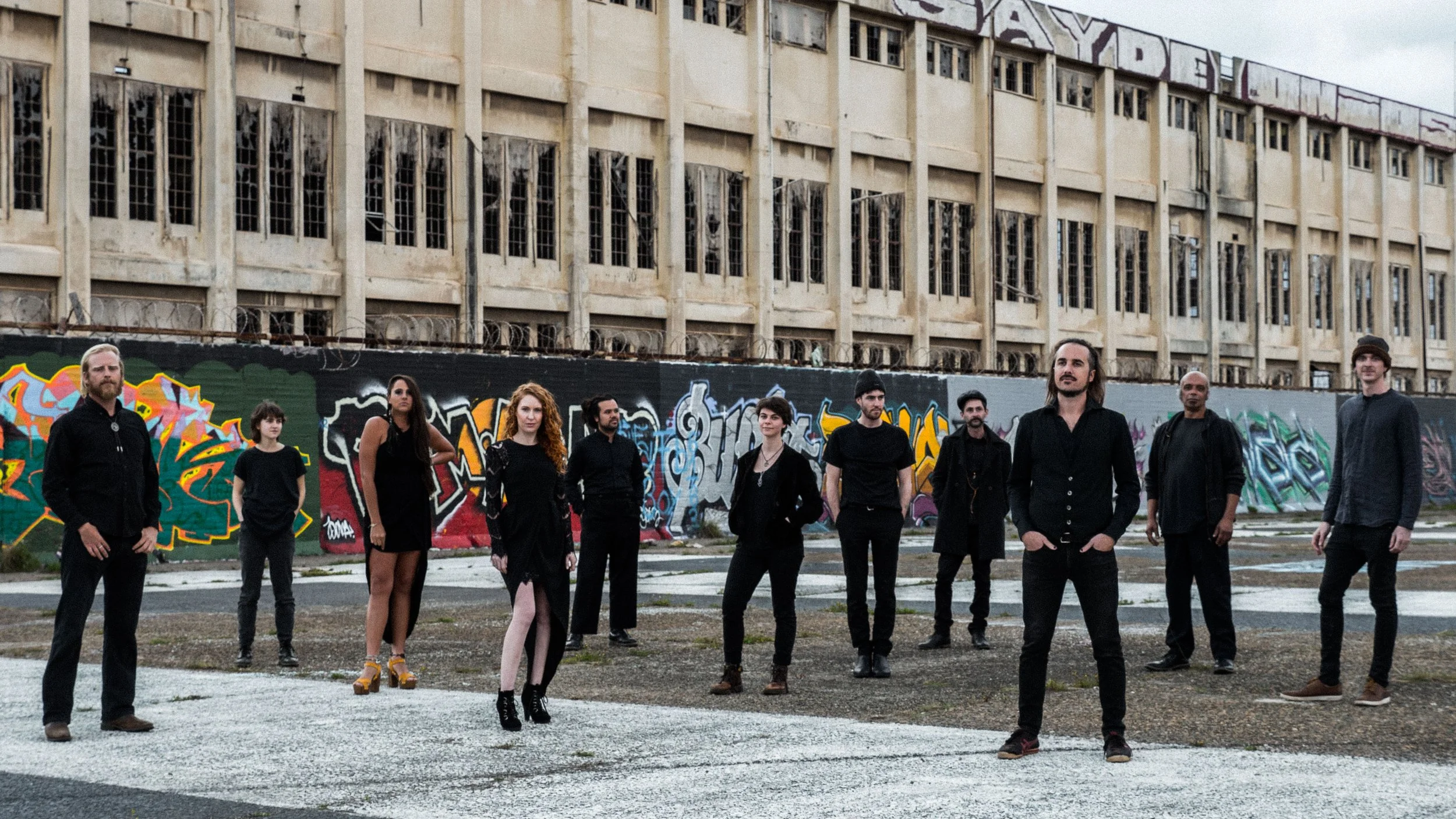"Miriam Stannage: Survey 2006 - 2016" is an emotional, thought-provoking, must-see exhibit
“Everything we see hides another thing, we always want to see what is hidden by what we see. There is an interest in that which is hidden and which the visible do not show us.”
– Rene Magritte
There is a strong sense of maturity in Miriam Stannage’s work that reflects her long life of travels and experiences. She saw photography as an extension of the human eye, and had the ability of creating pensive and reflective works that look back at you. The exhibition showcased the work she produced over the last ten years exploring perception, surveillance and human relationships with the landscape.
The Library series was inspired by the event of the Claremont Library Fire that resulted in the loss of books and information. Stannage formed powerful words with colourful fridge magnets and placed them in the landscape. This use of colourful fridge magnets is a playful addition to the artwork, which symbolises childhood and education. Her intentions were not clear within her work; instead she left them open-ended, encouraging her viewers to make their own meanings and experience her work for themselves. Stannage's work relies on the unique experience of the individual to evoke personal emotions and memories. Individuals live their own personal experiences, and this series is used to trigger those unique experiences and emotions. Some of the words outline serious cultural and political issues, and perhaps the reference to childhood suggests that children should be educated about these issues at a young age instead of being denied this information.
Identity Unknown features a series of low-resolution photographs obtained from security camera footage. Lee Kinsella and I stood before a montage of pixelated black and white images, a rare sight of people in their most vulnerable states when no one is watching. It made me feel uncomfortable looking through the gaze of a security camera because after some time, I felt like I was being watched without my knowledge.
A person’s face is the most familiar and distinct part of the human body, but there is more to a person than their physical and visual features. The Security Series is a documentation of ordinary people with their faces hidden behind a sign that reads: ‘Security Notice: Surveillance Cameras in Use’. The media associates the action of concealing your face with keeping your identity hidden, but individual identity stretches far beyond a person’s face. At first, I felt an eerie sense of the uncanny because I felt odd not being able to gaze upon the subject’s face, but as I further observed these photographs, I started to pay attention to their choice of clothing, the objects they carried with them and the scenes they were in. The use of ordinary people and familiar objects in her work makes her art relatable and accessible to a wider audience. These personal objects speak volumes about the individual narratives and identity that created a greater depth to her work. And in light of her recent passing, the poignancy of her exceptional body of work is especially resonant.
I would like to make a special mention to Lee Kinsella, who kindly agreed to walk me through the exhibition. I had the pleasure of being accompanied by her on my visit to the Lawrence Wilson Art Gallery.
















